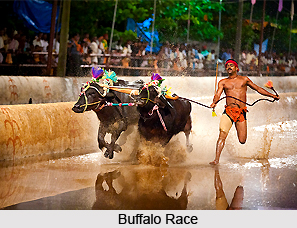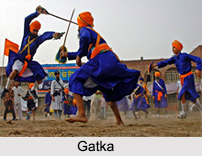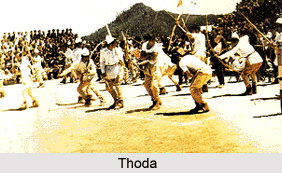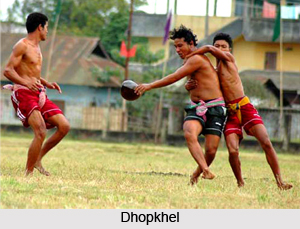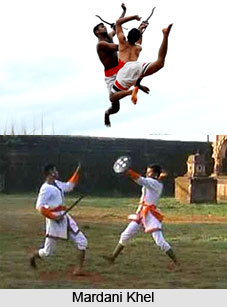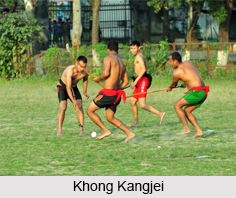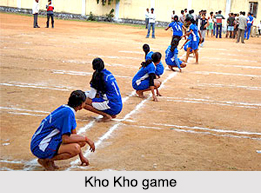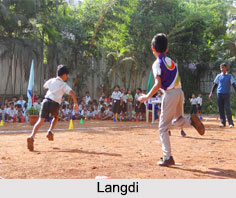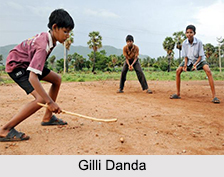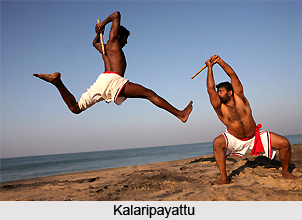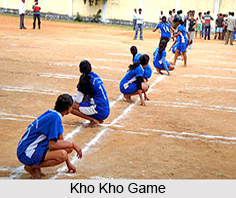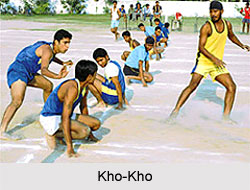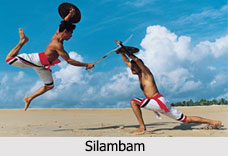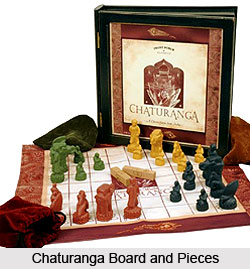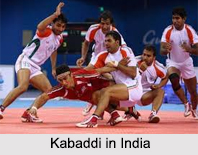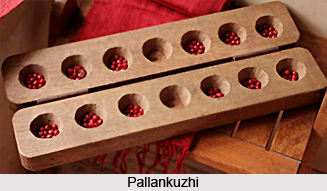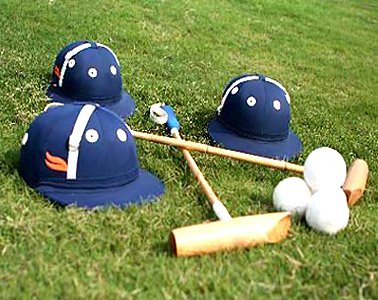 The rules of the polo game are written in such a manner that it provides safety for both the horses and the players. The rules are enforced in polo game by the umpires. Umpires blow whistle when a penalty occurs. There are degrees of dangerous and unfair play and penalty shots are awarded based on the severity of the foul and where the foul was committed on the polo field. White lines on the polo field indicate where the mid-field, sixty, forty and thirty yard penalties are taken.
The rules of the polo game are written in such a manner that it provides safety for both the horses and the players. The rules are enforced in polo game by the umpires. Umpires blow whistle when a penalty occurs. There are degrees of dangerous and unfair play and penalty shots are awarded based on the severity of the foul and where the foul was committed on the polo field. White lines on the polo field indicate where the mid-field, sixty, forty and thirty yard penalties are taken.
In Polo, the players play a ball game with a stick, while riding a horse. Two teams having 4 players on 4 horses play the Polo in India. The ground of Polo in India is generally of 230 to 275 metres in length and 146 to 180 metres in width. The goal posts have a width of 7 feet each and they are placed at seven and a half meter away from each other at both the ends of the field. Side and goal lines are marked surrounding the field. The match officials place white and red coloured flags in the four corners of the field, for indication. They also place yellow and blue coloured flags at the sidelines to indicate 30 and 60 yards free hit lines. The two centres of the sidelines are also marked with white flags.
A match of Polo in India continues for 4 to 6 rounds and each round consists of seven and half minutes. The half time break is usually taken after 2 or 3 rounds and the horses are altered in the meantime. Polo in India has two mounted umpires, who have line judges to help them. The game commences when the mounted umpire throws the ball towards the players lined up at the centre. Apart from these people, there is also a match referee with a timekeeper, who controls the game from outside the field. In case of any serious controversy in the game a five-member board of juries sitting outside comes for a settlement. During the match, the Polo players hit the ball with their stick towards the opponents` goal post. If any rival player blocks the free stroke then the striking player gets the chance of a free hit towards the goal post of the defaulting player. Criss-crossing the horses, hooking or hitching up opponents sticks are considered as foul play in Polo in India and in these cases also, such free hits are permitted. The judges show a red flag signal for a goal.
However, the rules and regulations in the Manipuri version of Polo that is Sagol Kangjei, is a bit different from that of modern Polo in India. In a Manipuri Polo game, two teams of seven members in each side play with a cane stick and the ball is made of bamboo root. The players wear tight dhotis tucked above the knees and a half sleeve local made jacket. They also wear white turbans on head. The two teams can wear only red and yellow clothes. There is no fixed size of field in Manipuri Polo.
The tactical play in polo game is based on "line of the ball". It is an imaginary line created by the polo ball itself as it travels down the pitch. This line actually tracks the path of the ball and extends past the ball along that very trajectory. This line actually helps the players to approach the ball safely. These rules are created to take care of the ponies and the players. This "line of ball" keeps changing according to the direction of the ball. The player who hit the ball first actually has the right of way and other players cannot cross the line of the ball in front of the player. As players approach the ball to get accesses they ride on both side of the "line of ball" providing equal access to both the players. Most of the penalties and fouls are caused due to improper crossing the "line of ball".
When a polo player keeps the "line of ball` on his right, he possesses the right of way. A "ride-off" occurs when a player moves another player off the "line of ball" by making shoulder-to-shoulder contact with the other players` horses.
One of the common defensive shot is called "hooking". It is the process of blocking the swing of a particular player using the mallet. A player may hook only if is he/she is on the side where the swing is being made or directly in front or behind an opponent. A player may not purposely touch another player, his/her tack or pony with his/her mallet. Unsafe hooking is a foul that will result in a penalty shot being awarded. The player looking to defend has many other ways to gain the possession of the ball. He can steal the ball or push the opponent off the "line of ball".
The other defensive play is the option of "ride off". In this case, a player rides his pony trying to outdo his opponent by moving him away from the ball or taking him out of play. But this must be executed in such a manner that it does not harm the player or the horse, else a foul will be awarded.
In the Manipuri Polo, the players are allowed to catch and strike the ball freely while it is in the air. Though it is a very dangerous way of playing, it is considered as a heroic shot on the player`s part. The Manipuri Polo in India actually allows all kinds of experiments and wild way of playing the game. There are more than 35 Polo clubs in Manipur only, which take part in various tournaments around the world. Inspired by the foreign women Polo players, the Manipuri ladies have also started to take part in various local Polo tournaments. Though Polo in India was earlier regarded as a royal game, the game continued to remain as popular as earlier, even after the end of Kingship in the country. However, the game is still played only by the rich and aristocrat people of the cities, due to the high costs of the horses and lofty expenditure in their maintenance.
Umpires may award penalties in the following order of severity, first a penalty goal. If a player perpetrates a risky or purposeful foul near his team`s goal mouth in order to save a goal, the side that has been fouled is given a goal. (The ball is then thrown in 10 yards (9 m) in front of the goal without ends being changed.)
Second, a 30-yard (27 m) hit. It is a free-hit taken at the specified distance from the goal line, opposite the middle of the goal; or if preferred, at the place where the foul occurred. The defenders must remain behind the back line (not between the goal posts) until the shot has been taken.
Penalty 3 - It is a free hit 40 yards (37 m) from the goal line, opposite the centre of the goal. The defenders must not cross the goal line before the hit has been taken, nor be between the goalposts.
Penalty 4 - It is a free hit 60 yards (55 m) from the goal line of the side fouling, taken opposite the middle of the goal. The side fouling can be on the ground, but not within 30 yards (27 m) of the ball until it is hit. The players of the side fouled can place themselves whenever they like on the field.
Penalty 5a - It is a free hit from where the ball was when the foul took place, but not nearer the boards or side lines than 4 yards (3.5 m). No member of the side
